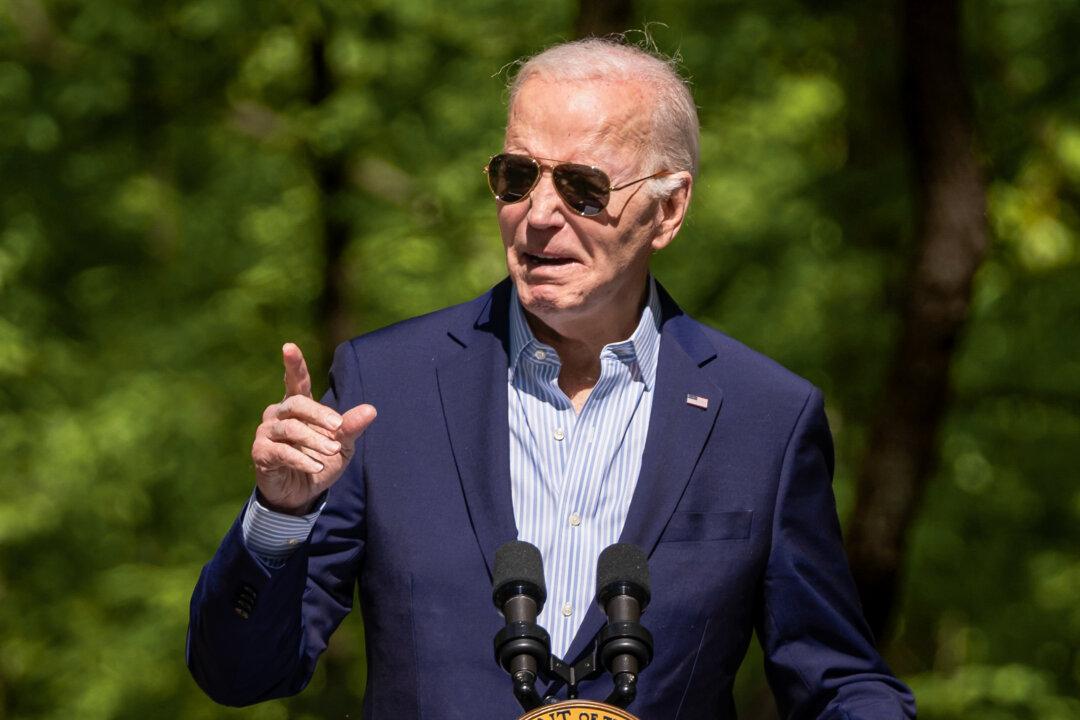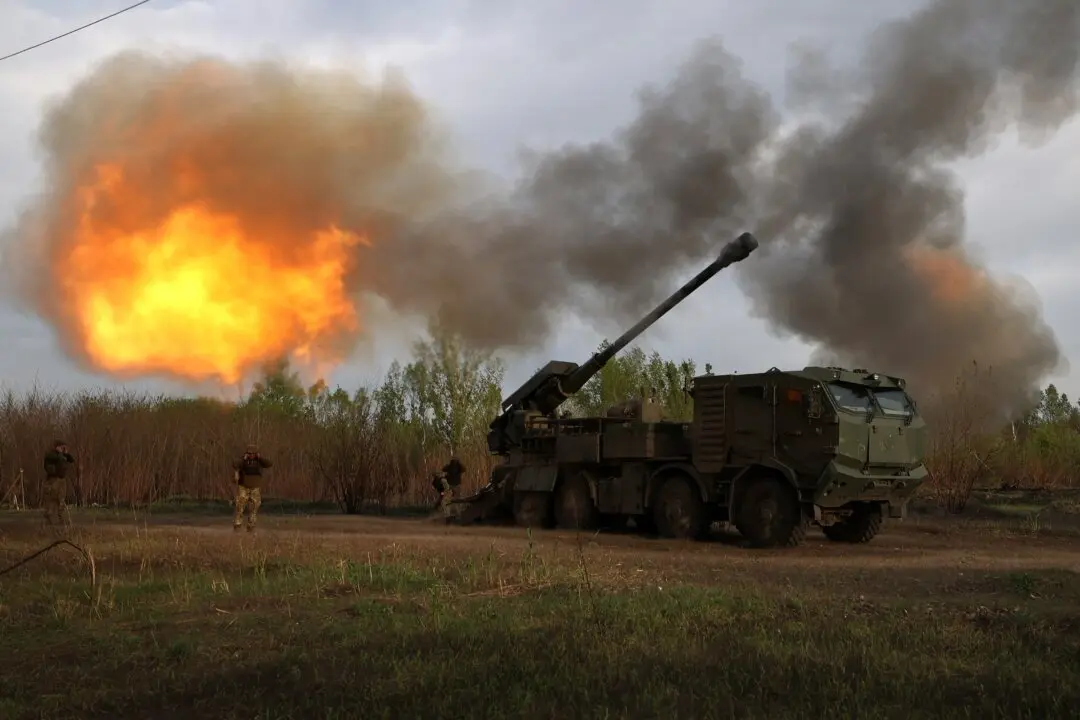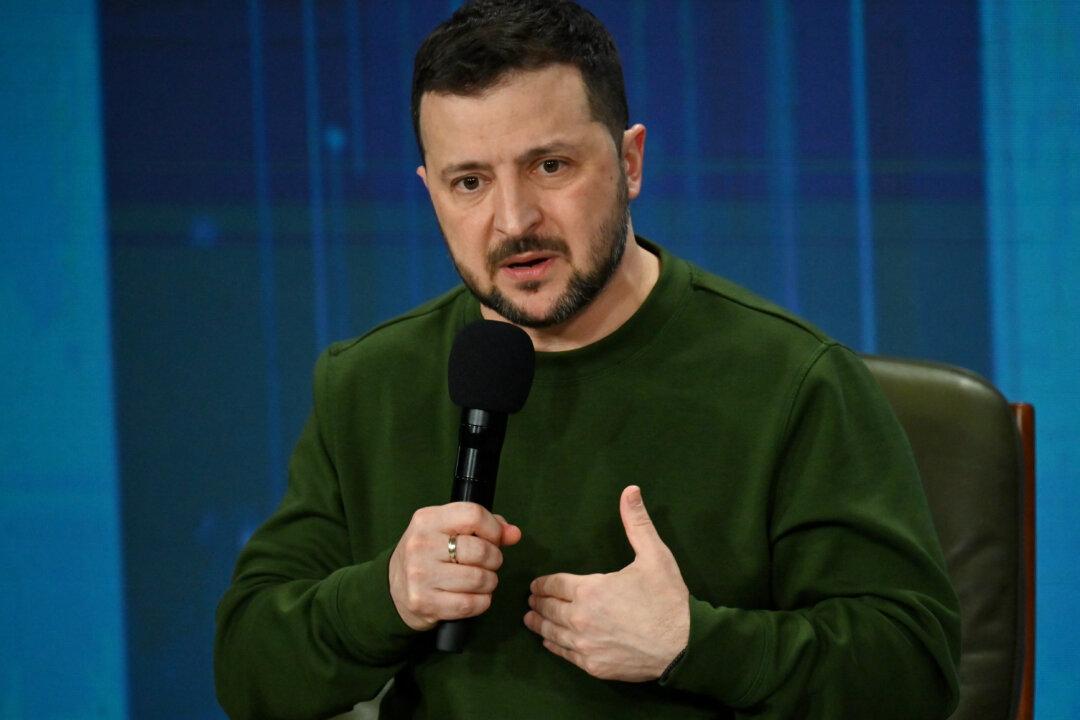The Biden administration is unveiling a new national security memorandum aimed at securing the country’s critical infrastructure and increasing resilience.
The national security memorandum replaces a 2013 document released by the Obama administration and will launch a whole-of-government effort to enhance the resiliency across a swath of key systems from communications to water management systems.
White House National Security Council spokesperson John Kirby said on April 30 that the effort would be led by the Department of Homeland Security.
The department would direct intelligence agencies to work with the private sector to achieve its goals.
“It will direct the U.S. intelligence community to collect, produce, and share intelligence and information with the owners and operators of critical infrastructure,” Mr. Kirby said during a press call.
“It empowers the Department of Homeland Security to lead a whole-of-government effort to secure U.S. critical infrastructure with the Cybersecurity and Infrastructure Security Agency acting as the national coordinator for the security and resilience of U.S. critical infrastructure.”
The Cybersecurity and Infrastructure Security Agency (CISA) further provides capabilities and resources, such as cybersecurity expertise and risk assessments to the private sector to help mitigate threats according to an associated fact sheet released by the White House.
Homeland Security will lead the initiative and the memorandum also delegates responsibilities to the Departments of State, Defense, Justice, Commerce, and Energy, as well as several agencies and commissions.
National Security Council Deputy Assistant Caitlin Durkovich told reporters that such a whole-of-government approach was vital to securing the nation amid increasing strategic competition with other great powers.
“America faces an era of strategic competition where state actors will continue to target American critical infrastructure, and tolerate or enable malicious activity conducted by non-state actors,” Ms. Durkovich said during a press call.
“In the event of crisis or conflict, we know that America’s adversaries may attempt to compromise our critical infrastructure to undermine the will of the American public and impede the projection of U.S. military power abroad.”
The administration began work on crafting the policy more than a year ago, Ms. Durkovich said, and “solicited significant input from the private sector” and critical infrastructure experts across every level of government.
One key deliverable mandated by the memorandum will be the creation of a biennial National Risk Management Plan by the Secretary of Homeland Security, which will be submitted to the president and summarize U.S. government efforts to mitigate risks to the nation’s critical infrastructure.
“This is part of what we refer to as our ‘all hazards approach’ to the resilience of the nation,” Ms. Durkovich said.
“The NSM recognizes [that] private sector owners and operators of critical infrastructure are often our first line of defense against adversaries who target the nation’s most critical assets and systems.”







